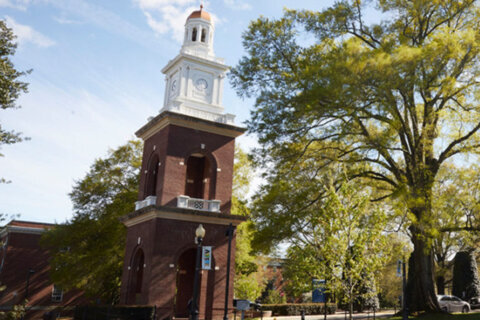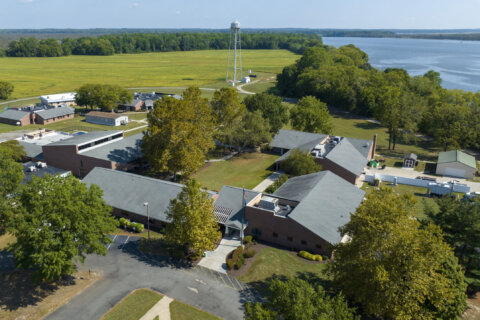Virginia is seeing its slowest population growth since the Civil War thanks to steep costs, remote work and declining birth rates.
In 2023, both Virginia and the U.S. grew by less than half a percentage point, according to data from the Weldon Cooper Center for Public Service at the University of Virginia.
Though the COVID-19 pandemic accelerated many of these demographic shifts, most had started before 2020 and have exploded since
“We had more people moving out of Virginia to the states, that was heavily driven by people leaving Northern Virginia going to lower cost areas in the south, like Raleigh and Charlotte,” said Hamilton Lombard, a demographer at the University of Virginia.
In the past, Virginia successfully pulled in more people from other states and grew faster than the rest of the U.S. Now, the commonwealth is growing slower than other states, especially its southern neighbors that have seen a boom of people moving in.
Another demographic trend spurred by the pandemic, has been high levels of migration flowing out of Virginia’s large metro areas into smaller metro areas and rural counties.
Richmond and Bristol continue to grow, while Northern Virginia continues to decline. Lombard told WTOP that housing and remote work are the drivers of this.
“Housing, for almost anyone is their biggest cost,” he said. “On the East Coast, Arlington and Fairfax have the most expensive housing for any county after Nantucket and Martha’s Vineyard. So it has gotten quite expensive and didn’t used to be that way.”
Remote work, which pre-pandemic was around 6 or 7%, exploded to a third in the state and around 50% for Northern Virginia.
While many moved out of state because of these factors, others just moved further out of the metro area. Winchester, Virginia, is the fastest-growing metro area percentage-wise in the state, according to UVA data.
The northern neck of the Chesapeake Bay has also seen considerable growth continuing after the pandemic.
On top of the migration to lower-cost areas, Virginia is continuing to see declining birth rates.
There were less than 13,000 more births than deaths in 2022, dropping from 27,000 more births than deaths in 2019, according to UVA data.
“That balance is really starting to shrink,” he said.
These lower birth rate trends have been seen since 2007 and for the last 5 to 10 years, about as many Virginians are turning 65 as 18, Lombard said.
The holes in the labor force will likely grow over the next decade because of the birth rates, he said.
“The number of high school graduates has been just pretty stable, that’s going to start dropping,” Lombard said. “When that starts dropping, we’re gonna be in a very different world,”
Get breaking news and daily headlines delivered to your email inbox by signing up here.
© 2024 WTOP. All Rights Reserved. This website is not intended for users located within the European Economic Area.








